Is the iPhone the perfect phone? Quite possibly. But you can certainly think of at least one thing that the competition has, but Apple has not yet provided for its iPhone for some reason. What about the other way around? What features do Android devices lack, but Apple already offers on their iPhones? We're not going to look for patents here, but just to state 5 and 5 things that the iPhone could take over from Android flagships and vice versa.
What the iPhone lacks
USB-C connector
Much has been written about Lightning. It's obvious why Apple keeps it (because of the money from the MFi program). But the user would simply make money by switching to USB-C. Although he would throw away all the existing cables, he would soon have the same set-up with USB-C, which he will not let go of easily (Apple has even already implemented it in iPad Pros or some accessories).
It could be interest you
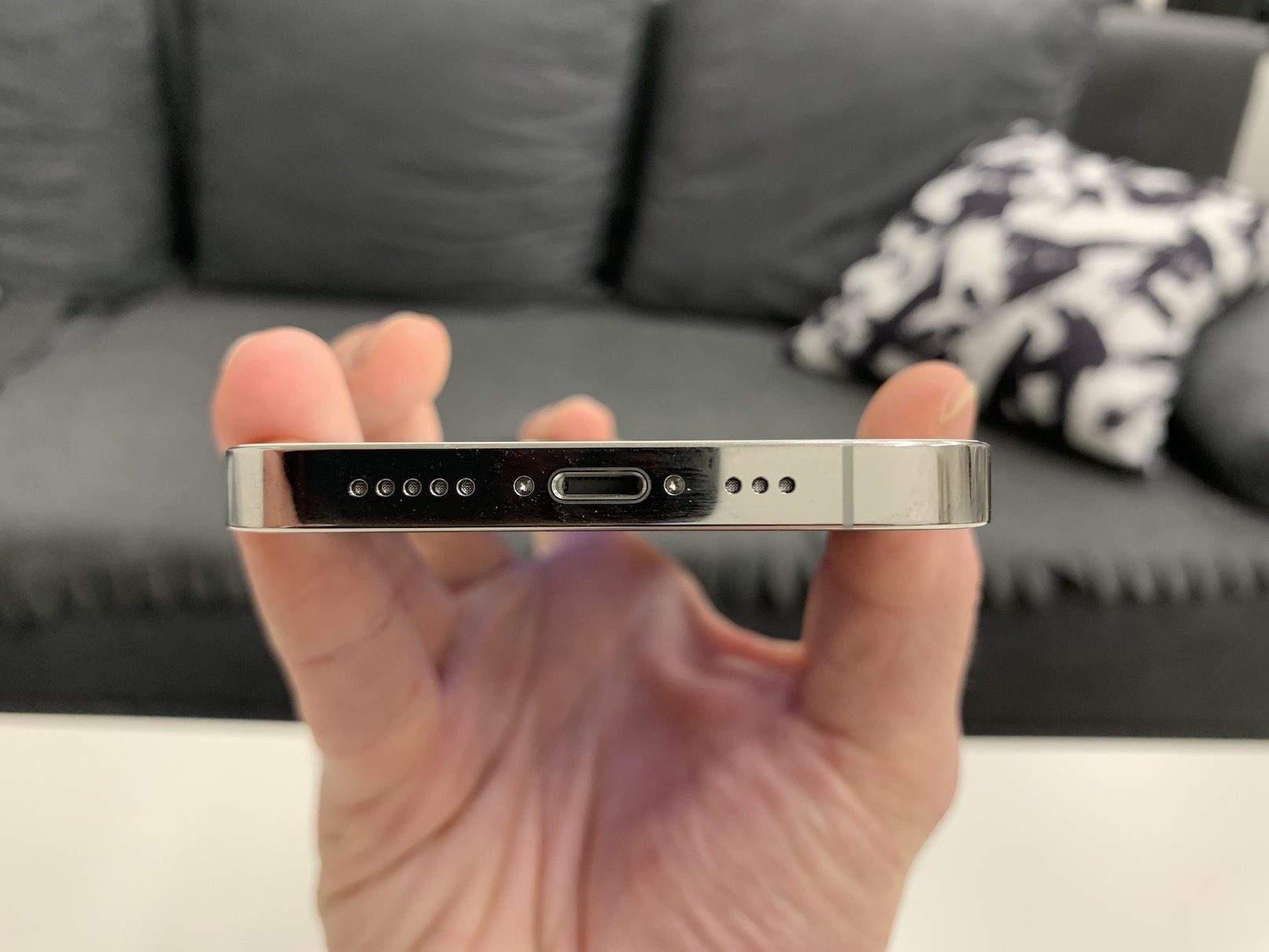
Fast (wireless) charging and reverse charging
7,5, 15 and 20W charging is a certain mantra for Apple. The first is charging using Qi technology, the second is MagSafe and the third is wired charging. How much can the competition handle? E.g. The Huawei P50 Pro, which has just entered the Czech market, can handle 66W fast wired and 50W wireless charging. iPhones don't even do reverse charging, that is, the kind that would provide juice to, say, AirPods that you put on their back.
It could be interest you
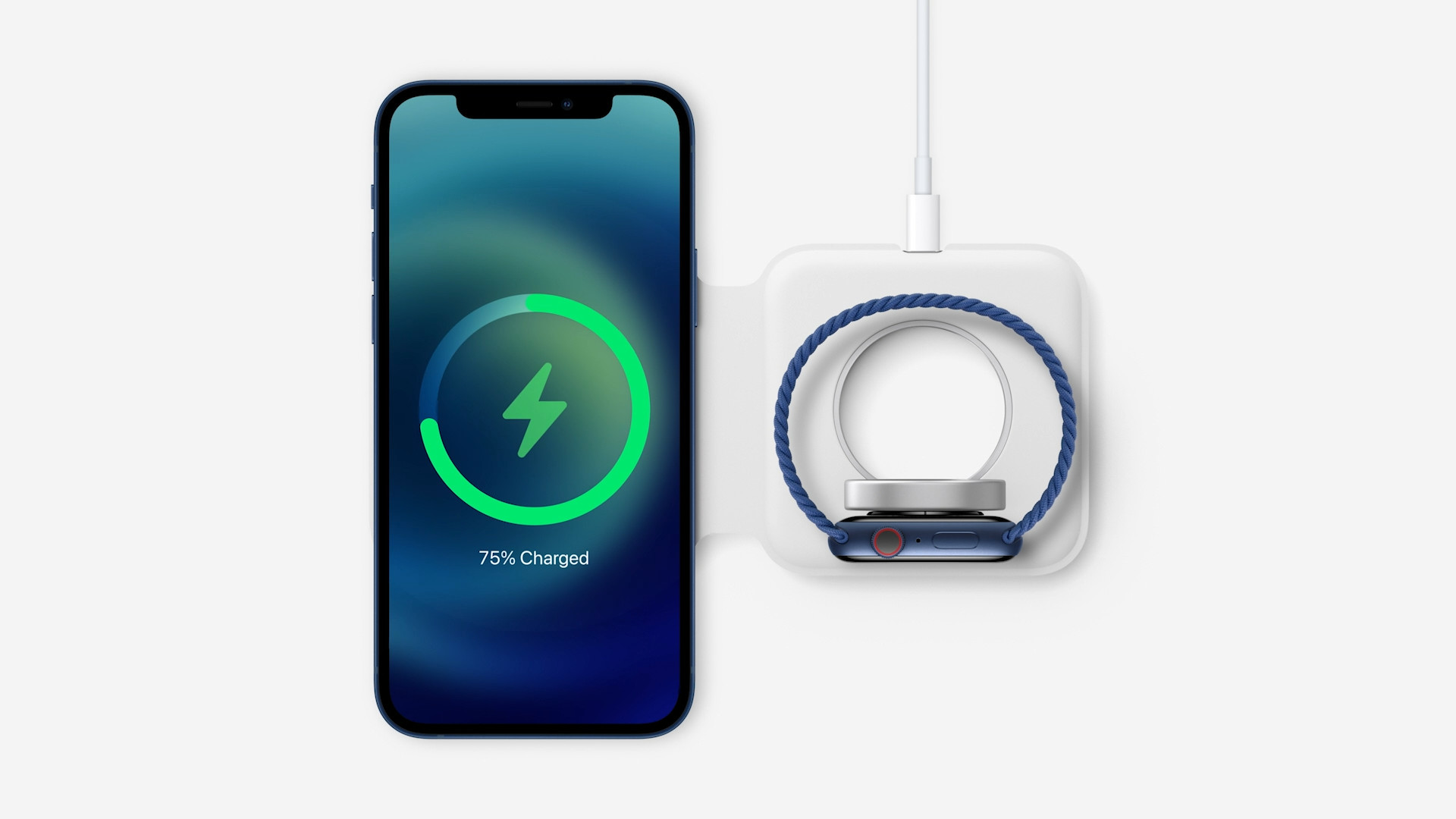
Periscope lens
The optics of the photo system are constantly rising more and more above the back of iPhones. E.g. Samsung Galaxy S21 Ultra or Pixel 6 Pro and other flagships of various Android phone manufacturers already offer periscope lenses that are hidden in the body of the device. They will thus provide a greater approximation and do not make such demands on the thickness of the device. Their only negative is the worse aperture.
It could be interest you
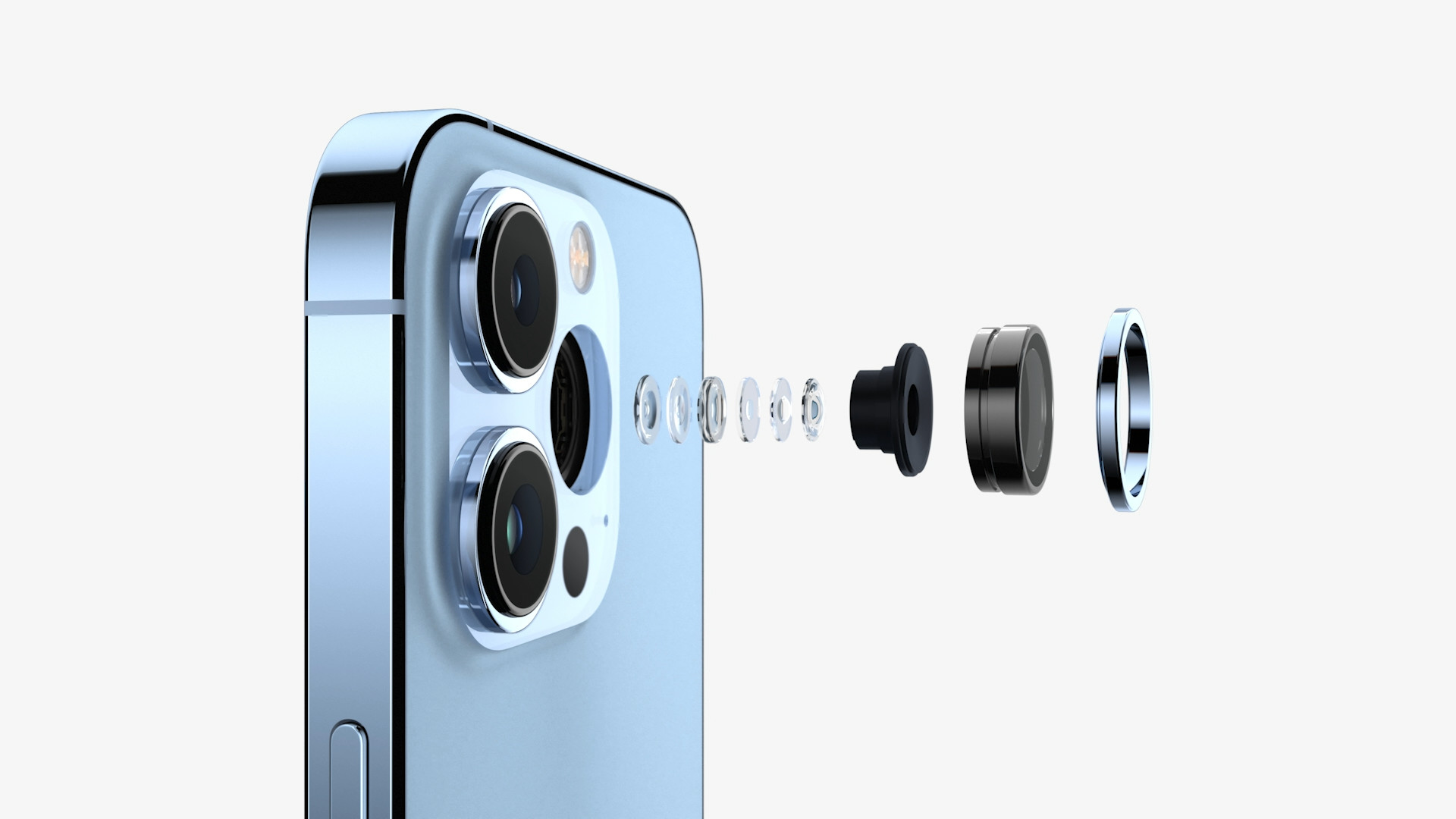
Ultrasonic fingerprint reader under the display
Face ID is fine, it just doesn't work in landscape. It doesn't even work with a mask covering the airways. Some people may also have problems with prescription glasses. If Apple did not implement a fingerprint reader in the display, i.e. the more modern and pleasant solution, it could at least add the classic one, i.e. the one known from iPads, which is in the power button. So he could, but he just doesn't want to.
Fully open NFC
Apple is still limiting the possibilities of NFC and not opening it up for its full use. In a completely illogical way, they shorten the functionality of their iPhones. On Android, NFC is accessible to any developer and many accessories can be debugged.
What Android smartphones lack
Fully adaptive display
If an Android phone has an adaptive display, in the vast majority of cases it doesn't work like Apple's. It does not have fixed degrees, but moves in its entire range. But Android phones only run on predefined frequencies.
It could be interest you

Physical mute button
The first iPhone already came with a physical volume switch, where you could switch the phone to silent mode even blindly and purely by touch. Android can't do this.
Face ID
Face ID biometrically authenticates the user, when the technology is considered fully secure. You can also use it to access financial applications. Not on Android. There, you have to use the fingerprint reader, because the face verification is not that sophisticated and therefore not that secure.
It could be interest you
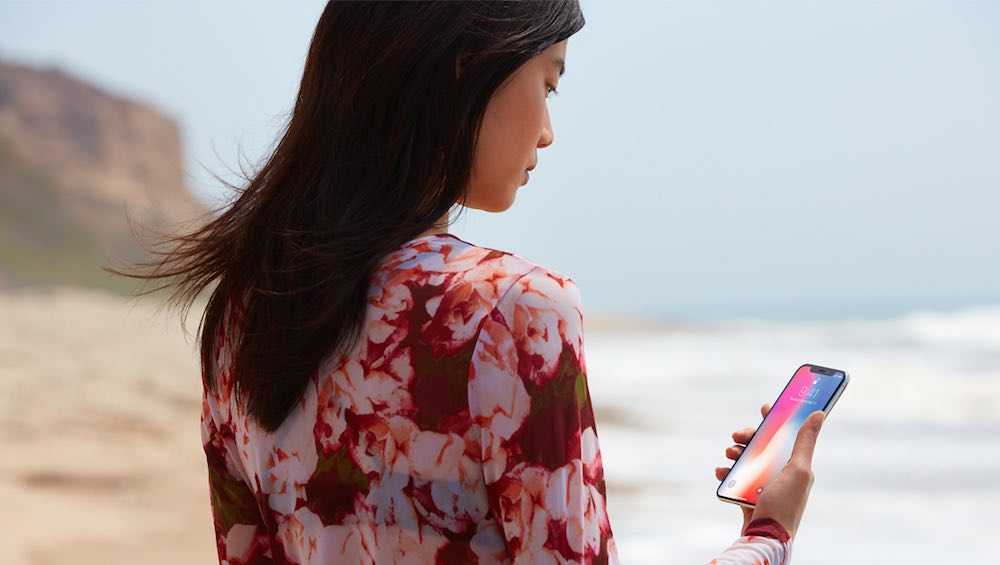
MagSafe
Some efforts have already taken place, but only with a handful of manufacturers, while there was no wider expansion even in the support of phone models of the given brand. Support from accessory manufacturers is also important, on which the success or failure of the entire solution depends and falls.
It could be interest you
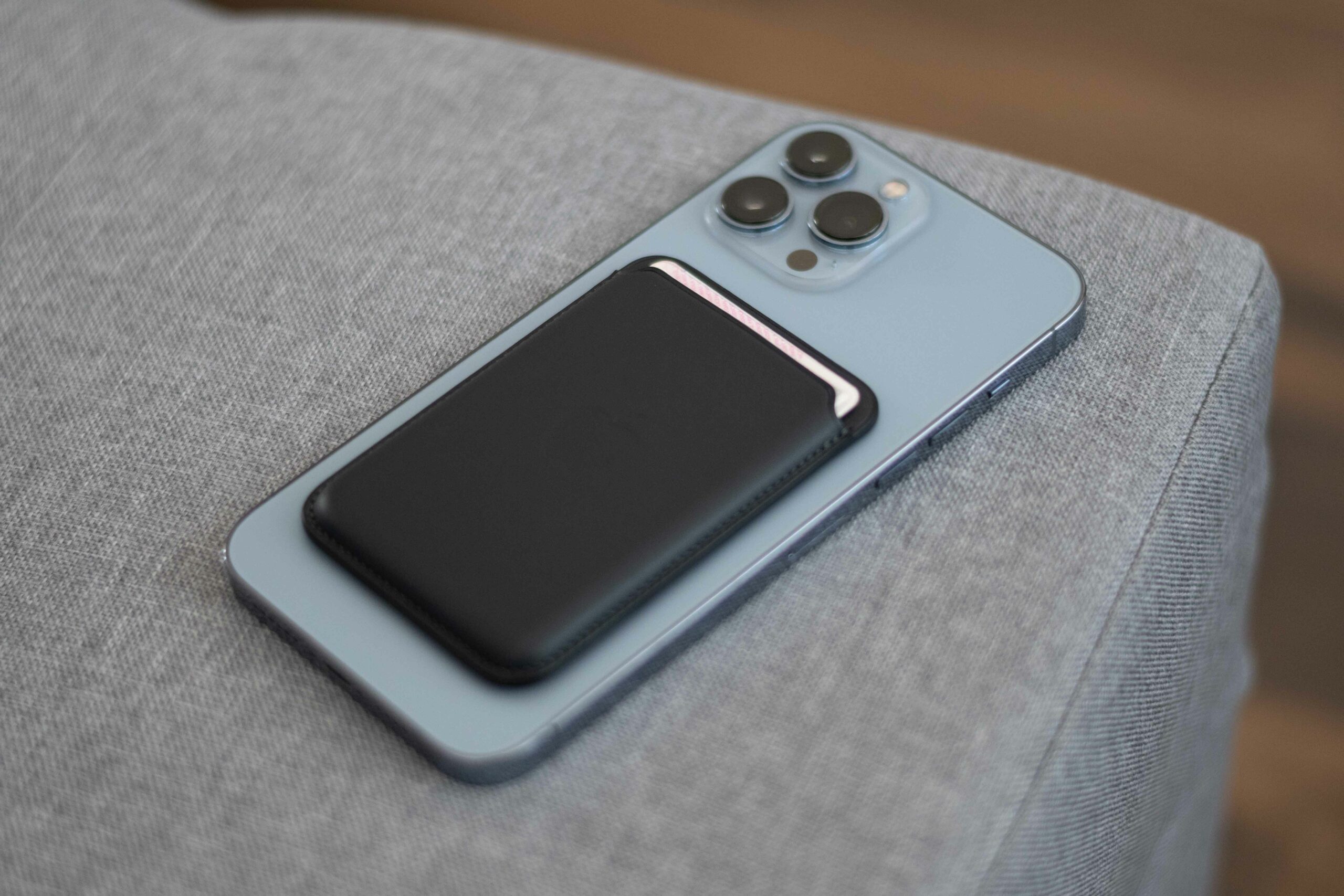
Longer software support
Even though the situation is improving in this regard, even the biggest manufacturers do not provide operating system support for as long as Apple does with its iOS in its iPhones. After all, phones from 15 can handle the current version of iOS 2015, namely the iPhone 6S, which will be 7 years old this year.
 Adam Kos
Adam Kos 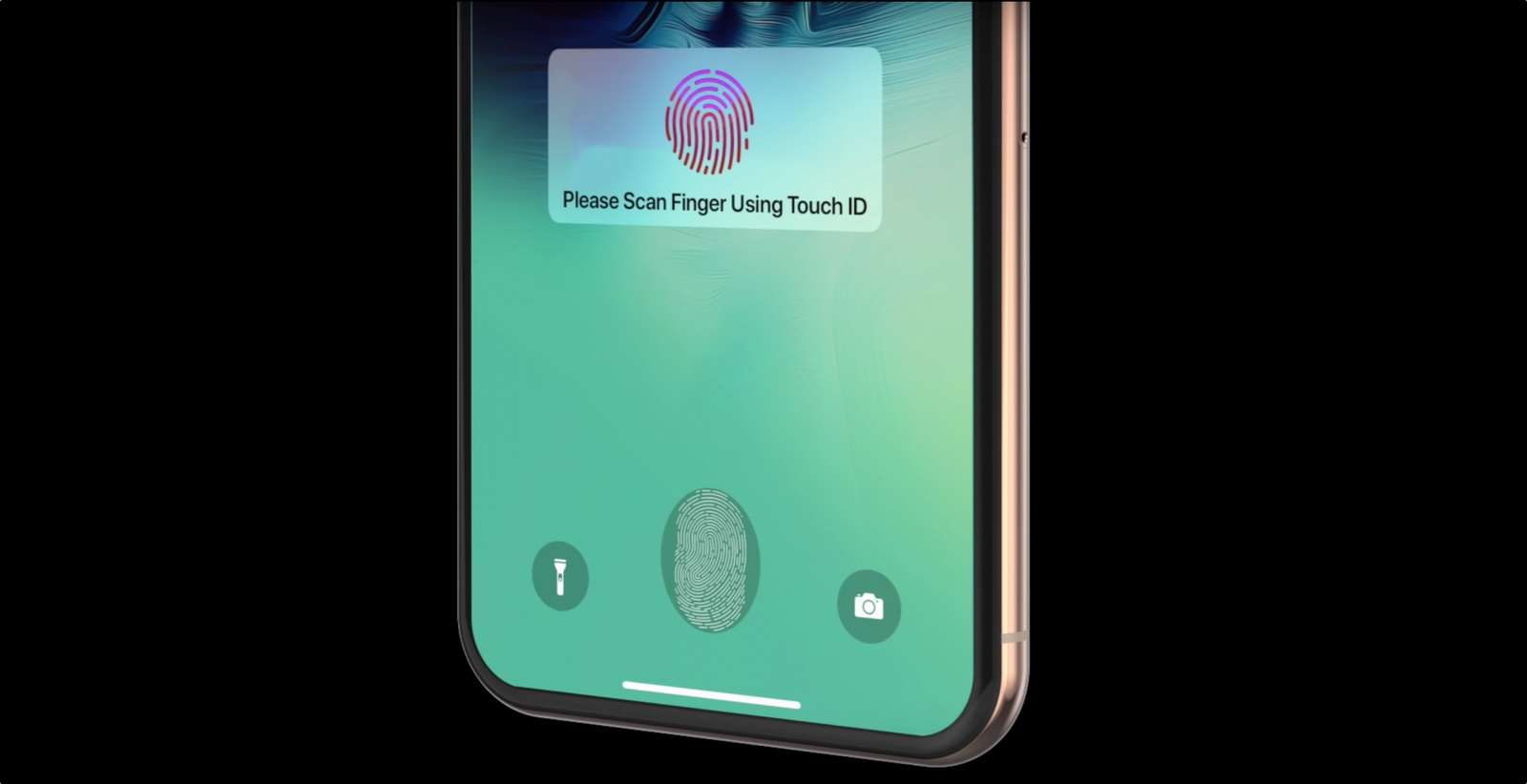
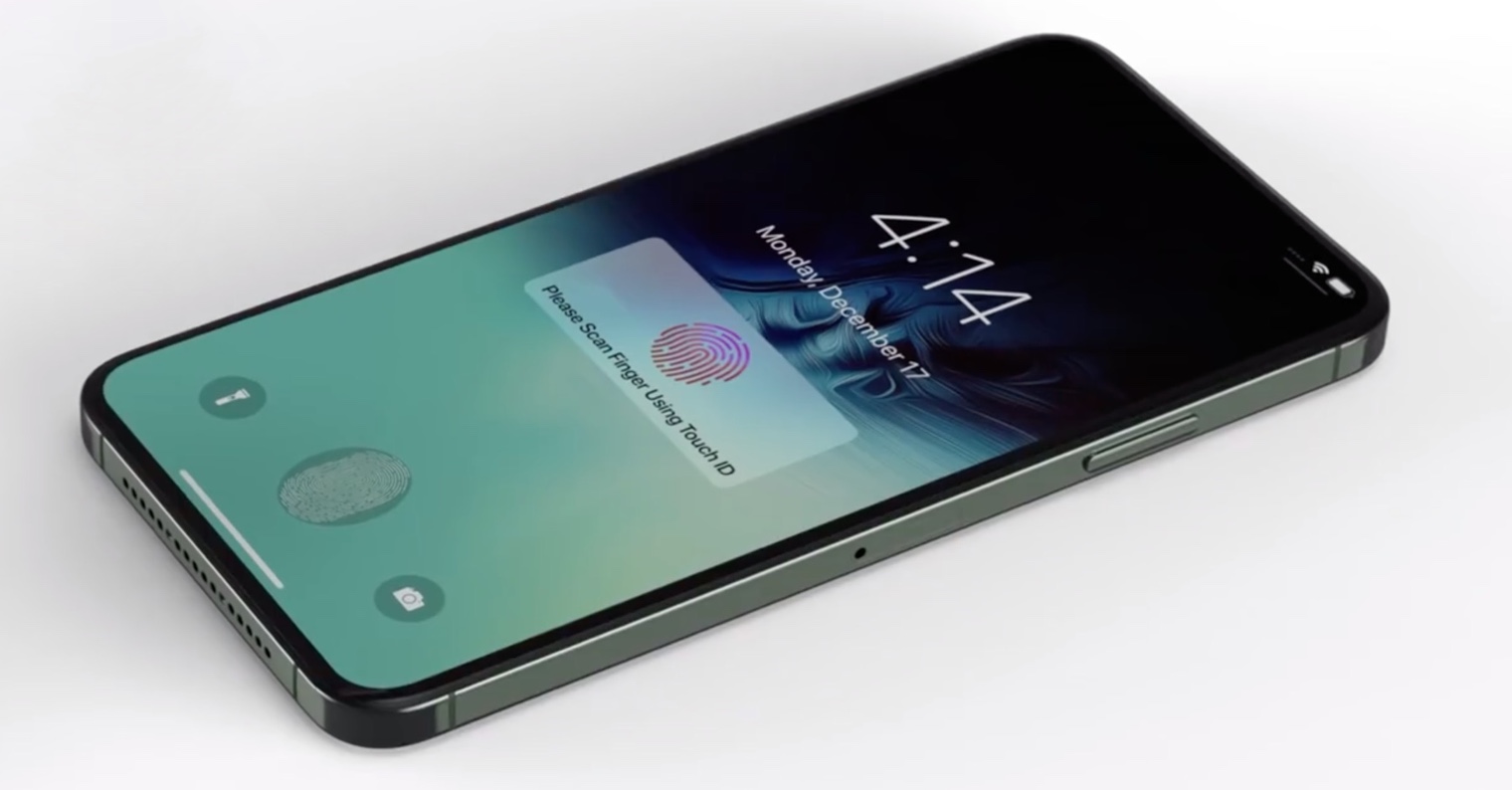
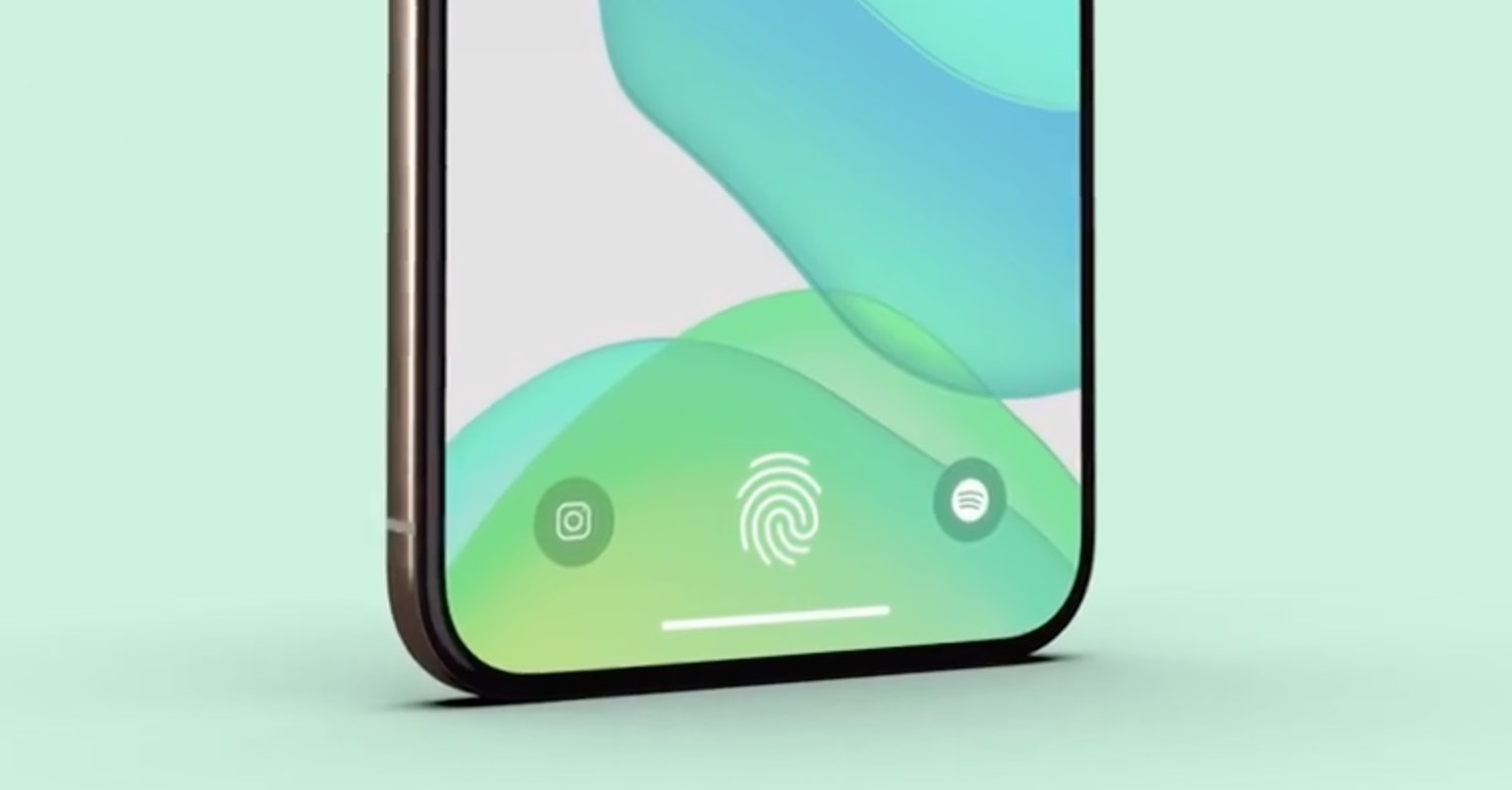

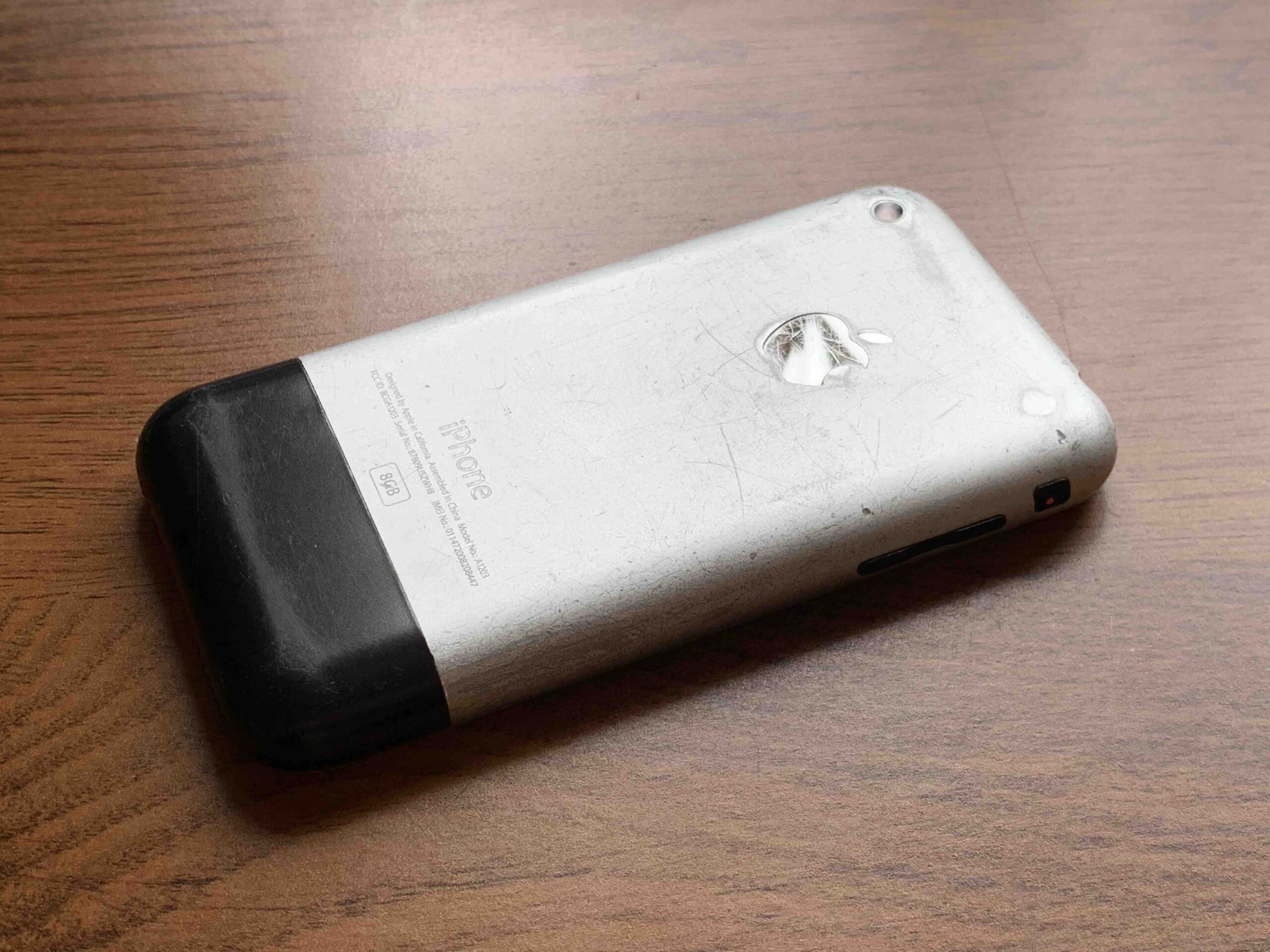

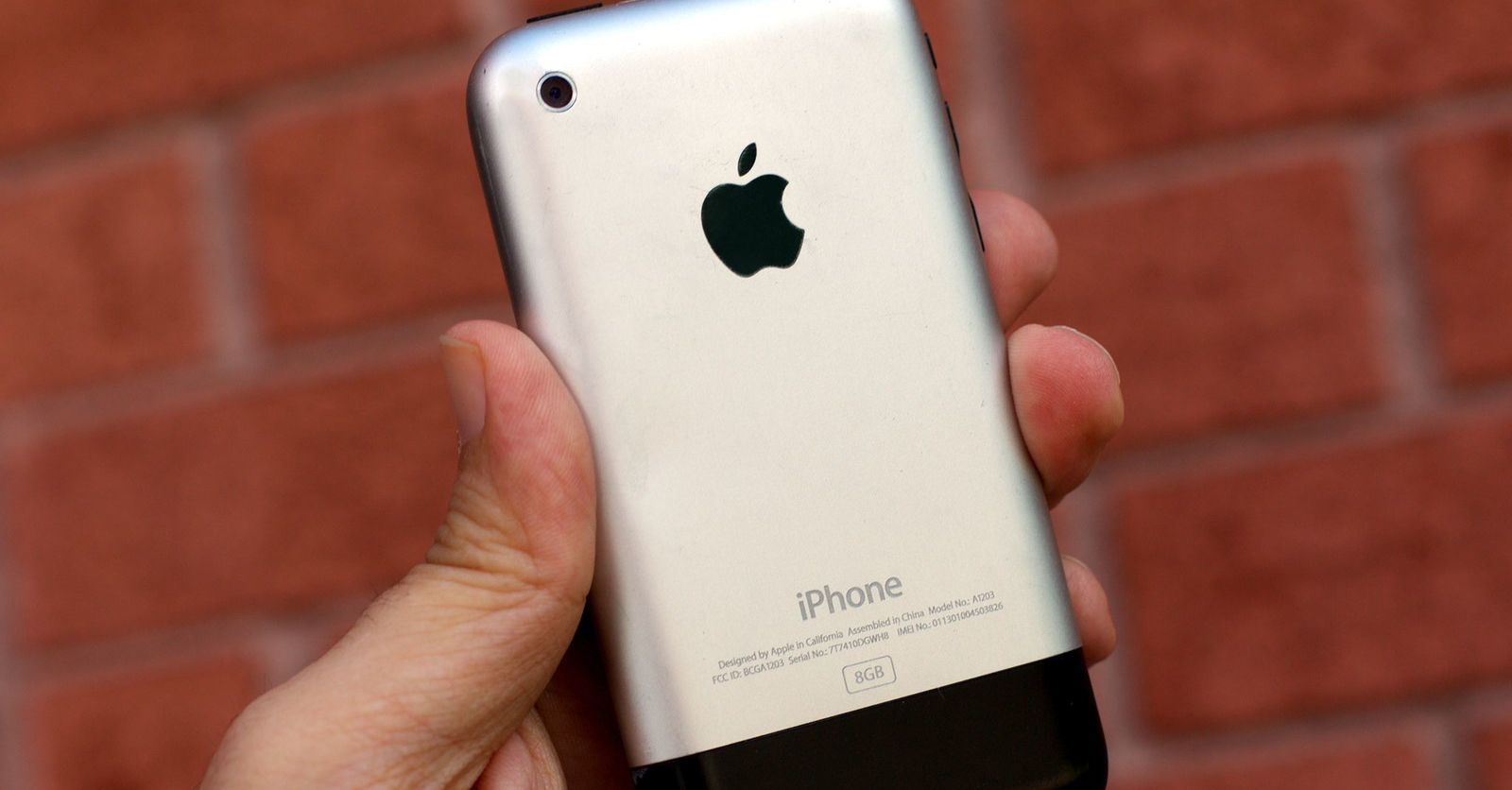

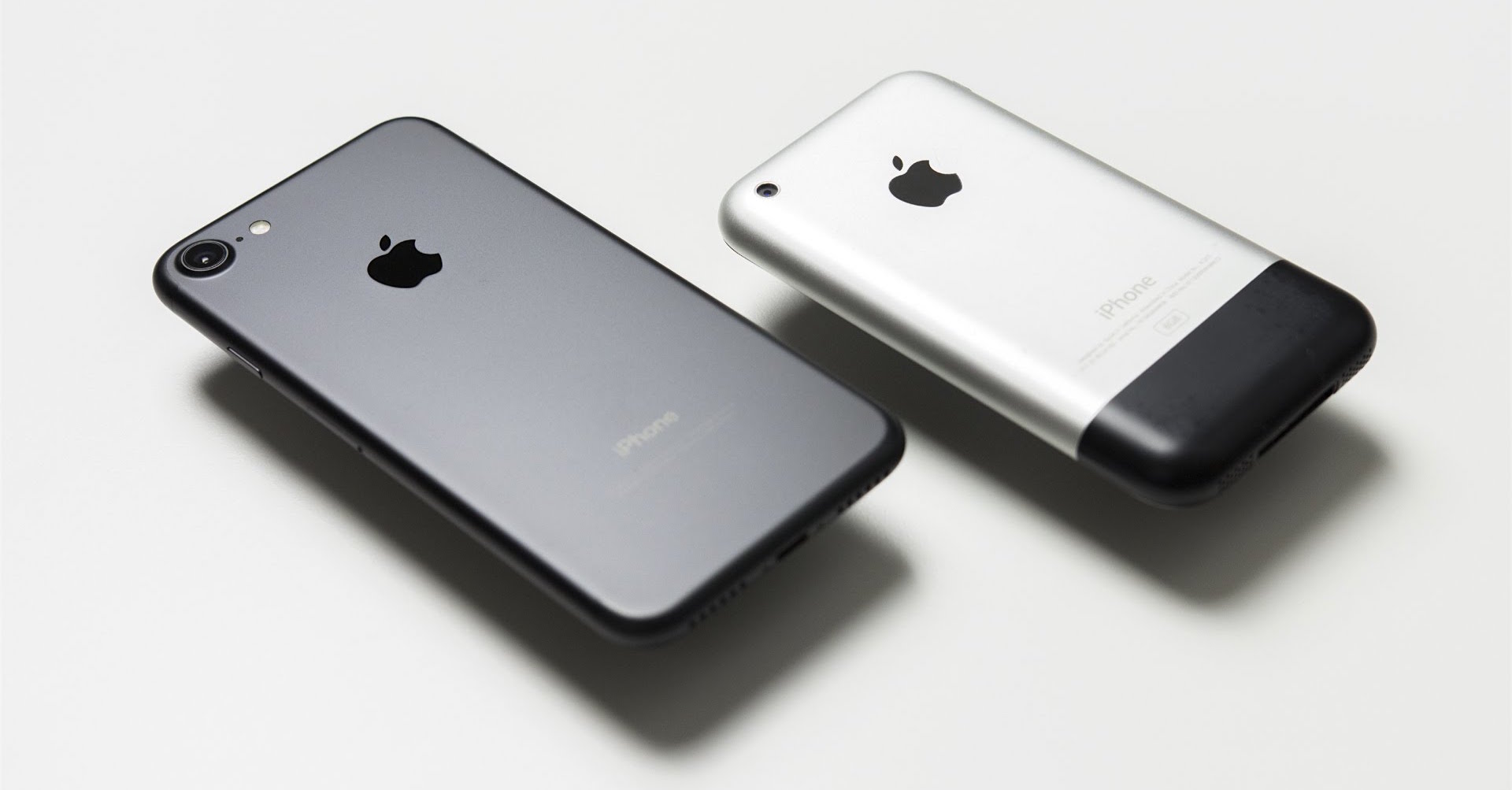
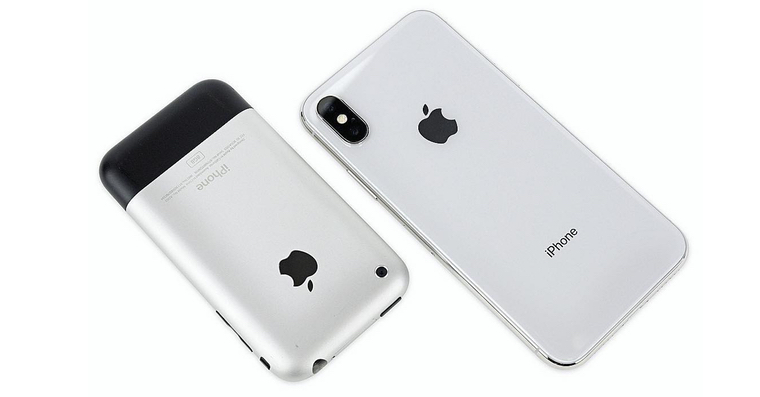
To be honest, I don't miss any of the things listed above, and I personally see it as a "nice-to-have" feature. Maybe the fingerprint under the display is fine, but I would prefer if there was also FaceID, because in some cases it is simply faster and more convenient. 😀